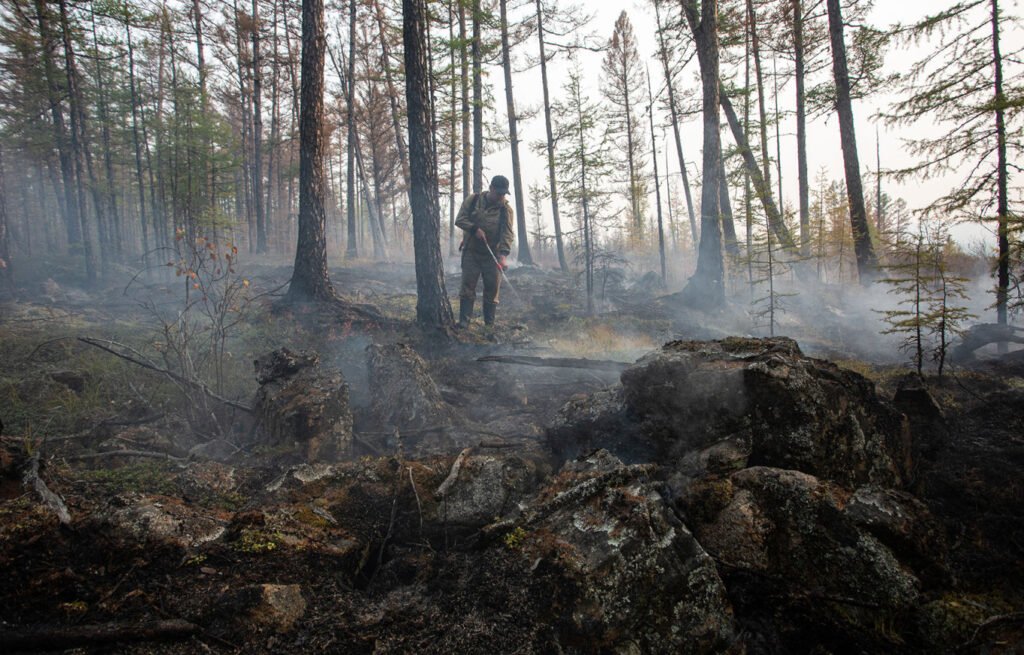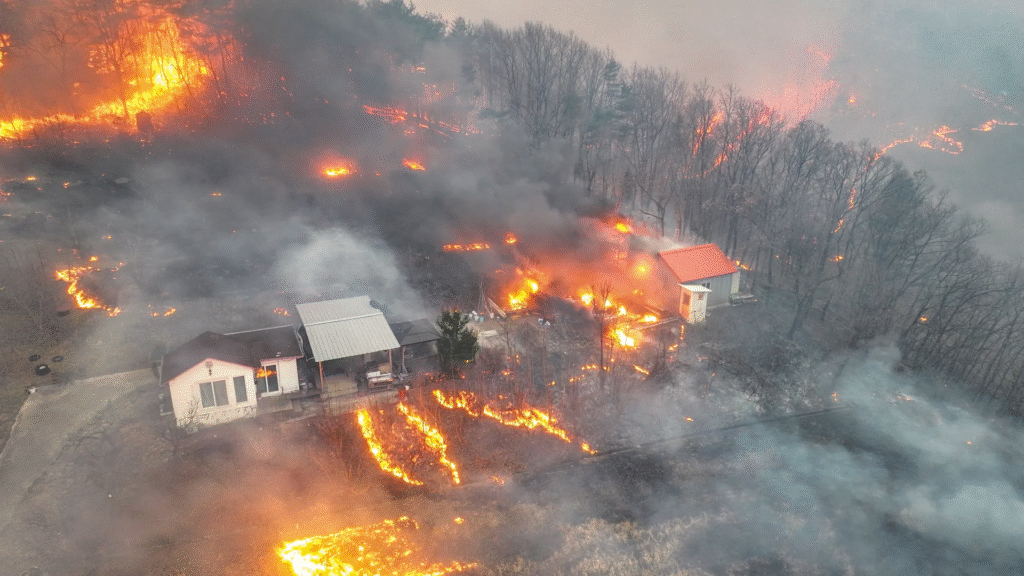The summer of 2025 will be remembered as a season when flames stretched across continents. From the sun-scorched hillsides of Spain and Portugal to the boreal forests of Canada, from the vineyards of southern France to the coastal mountains of Turkey, wildfires defined this year’s summer months. They were not isolated tragedies, but interlinked symptoms of a global crisis driven by climate extremes, human activity, and systemic vulnerabilities in how societies prepare for and respond to disaster.

Europe’s Fiery Summer
No country has been more deeply scarred this year than Spain. By mid-August, between 344,000 and 382,000 hectares of forest and farmland had burned, making 2025 the country’s worst wildfire year in three decades. Entire sections of the famed Camino de Santiago pilgrimage route were forced to close, train services in Galicia were interrupted, and rural villages from Zamora to León were evacuated. At least four people, including a firefighter, lost their lives. The causes were layered: an intense 16-day heatwave with temperatures above 45 °C, bone-dry forests, strong shifting winds, and a series of human ignitions—some careless, others deliberate. Spanish authorities arrested more than two dozen people for suspected arson.
Firefighting was a national undertaking. Around 3,000 soldiers were deployed, joined by firefighters, police, and dozens of aircraft, with reinforcements arriving from elsewhere in Europe. The government pledged to declare disaster zones to channel aid, while Prime Minister Pedro Sánchez called for a national climate pact to address worsening fire risks. The fires reignited debates over prevention, rural depopulation, and climate policy, with NGOs like Greenpeace demanding long-term reforms in land management.
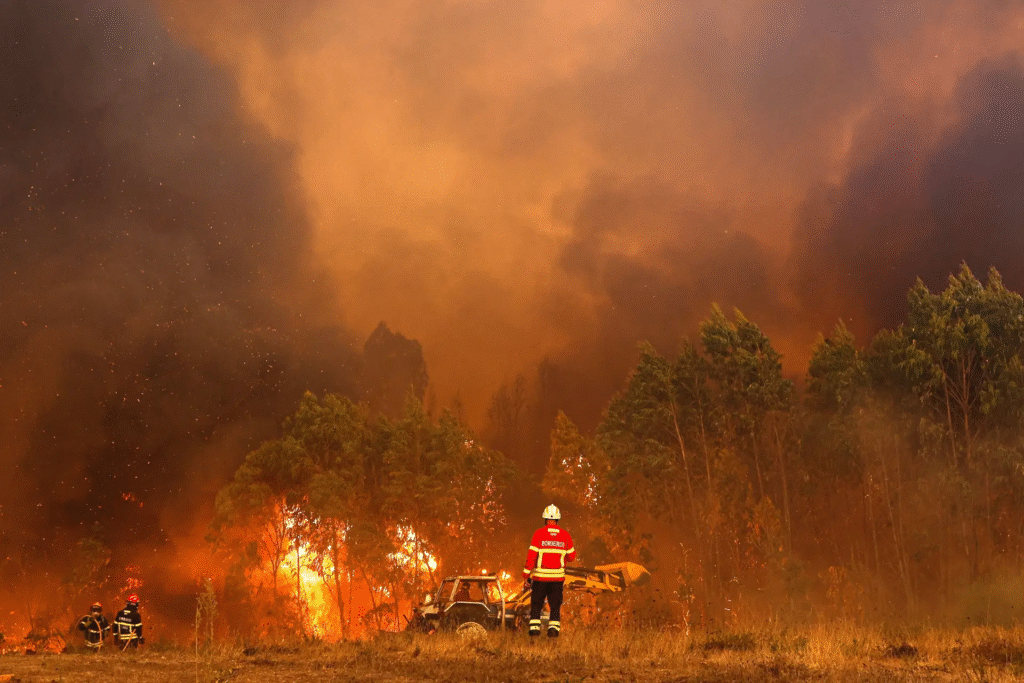
Neighboring Portugal faced its own brutal season. By mid-August, the burned area had already exceeded 100,000 hectares, with officials warning totals could double as flames swept across Guarda, Castelo Branco, and Trancoso districts. At least two people were killed, and thousands were forced from their homes. Lisbon declared a nationwide State of Alert, mobilized over a thousand firefighters and dozens of aircraft, and activated the EU Civil Protection Mechanism to call in assistance. Once again, climate was the trigger—weeks of drought and record-breaking heat—but monoculture plantations of highly flammable eucalyptus made the fires spread faster and burn hotter.

In France, the disaster was more concentrated but no less shocking. In early August, a blaze in the Corbières Massif of the Aude region devoured 17,000 hectares across 16 municipalities, making it the worst coastal wildfire in over fifty years. High tramontane winds of 60 km/h and temperatures around 35 °C fueled the fire, which killed one person and displaced thousands. Vineyards were scorched, homes were lost, and Canadair water bombers flew constant sorties overhead. The French government announced an €8 million relief fund for farmers and vintners, while local communities launched solidarity campaigns to help neighbors rebuild.

Further east, Turkey endured one of its most disruptive fire seasons in recent memory. In İzmir Province, wildfires forced the evacuation of more than 50,000 people, including 42,000 from the district of Seferihisar alone. The flames, driven by record heat and winds up to 50 km/h, consumed olive groves, vineyards, and forests, even threatening İzmir’s international airport. More than 1,000 firefighters, supported by helicopters, planes, and heavy equipment, battled the infernos. While fatalities were avoided, smoke inhalation sent many to hospitals. The Turkish government provided emergency financial aid and livestock relocation support, while also introducing the country’s first climate law in July—a sign that the scale of the fires was shaping long-term policy.
North America’s Relentless Season
Across the Atlantic, Canada is living through its second-worst wildfire season on record, with nearly 7.8 million hectares burned as of mid-August. That’s an area larger than Ireland. Fires have stretched from British Columbia through Alberta and Saskatchewan to Manitoba and beyond, with more than 60% of the burned land concentrated in the prairie provinces. Lightning ignitions in boreal forests, combined with prolonged drought and persistent heat, made suppression extremely difficult.
The human impact has been severe. Around 13,000 people, many of them from First Nations communities, remain evacuated, unable to return home due to ongoing threats or destroyed infrastructure. Smoke blanketed cities from Vancouver to Toronto, sending vulnerable residents to hospitals with respiratory illnesses. Economically, the fires disrupted logging, agriculture, and energy infrastructure, while insurance losses mounted.
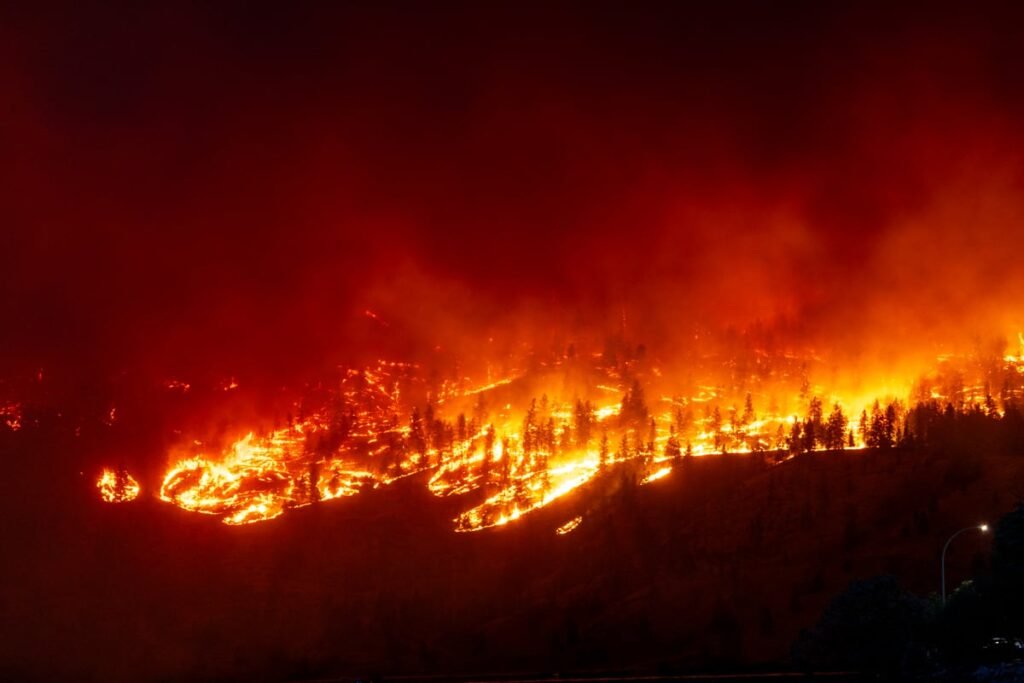
Canada has operated at National Preparedness Level 5 since late May, committing all available national resources and requesting international reinforcements. Firefighters from the United States, Australia, New Zealand, and Europe joined Canadian crews on the frontlines. Public debate has turned toward systemic reform, with growing calls for the creation of a permanent national wildfire agency to coordinate prevention, suppression, and recovery.
East Asia and Russia
Earlier in the year, South Korea endured its deadliest wildfire disaster since records began in 1987. Between late March and mid-May, 32 people were killed, more than 50 were injured, and over 37,000 residents displaced as flames swept through North and South Gyeongsang provinces. More than 100,000 hectares of forest burned, in part due to strong spring winds and prolonged drought. The government designated disaster zones and approved a record ₩1.8 trillion ($1.3 billion) recovery plan, while public donations surged past ₩110 billion. Still, officials faced criticism for confusing evacuation alerts and limited coordination across agencies.
In Russia’s Far East, wildfires have burned more than 629,000 hectares since April, particularly in Zabaykalsky Krai and Buryatia. Officials noted that around 90% of the fires were sparked by traditional grass-burning practices that spread out of control under dry, windy conditions.
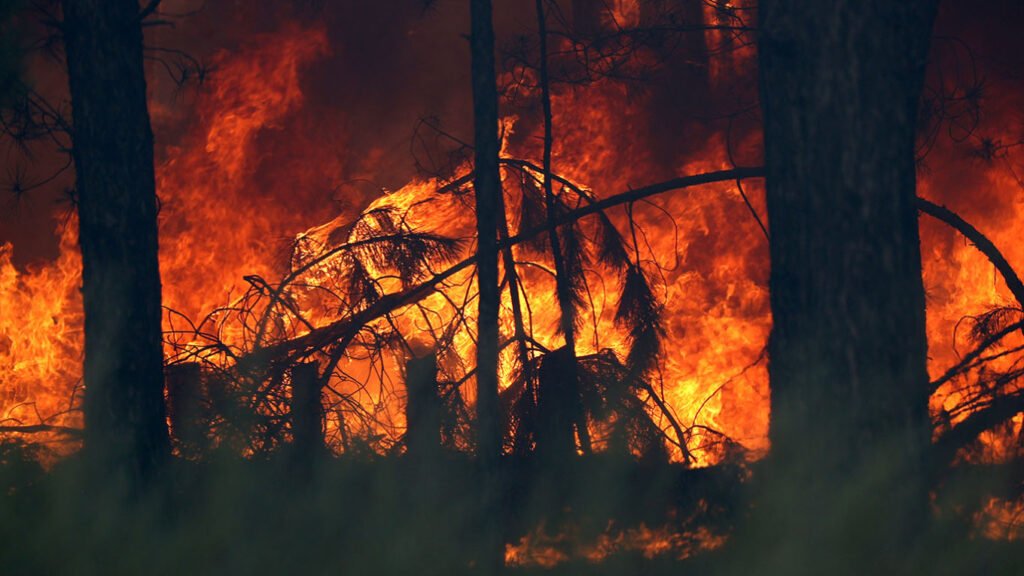
At least three firefighters have died. Moscow declared states of emergency and dispatched hundreds of personnel, but critics say decades of underfunding for rural infrastructure and environmental management have left vast areas vulnerable.
South America
The southern cone also saw widespread devastation earlier this year. In Chile, fires in Biobío and La Araucanía consumed tens of thousands of hectares in February and March, forcing mass evacuations. Argentina’s Patagonia suffered as well, with major blazes in Río Negro and Neuquén destroying forests and threatening national parks. In Colombia, fires damaged protected areas including Chingaza National Park. Across the continent, the Global Wildfire Information System recorded more than 6 million hectares burned by mid-year, often linked to land clearing for agriculture.
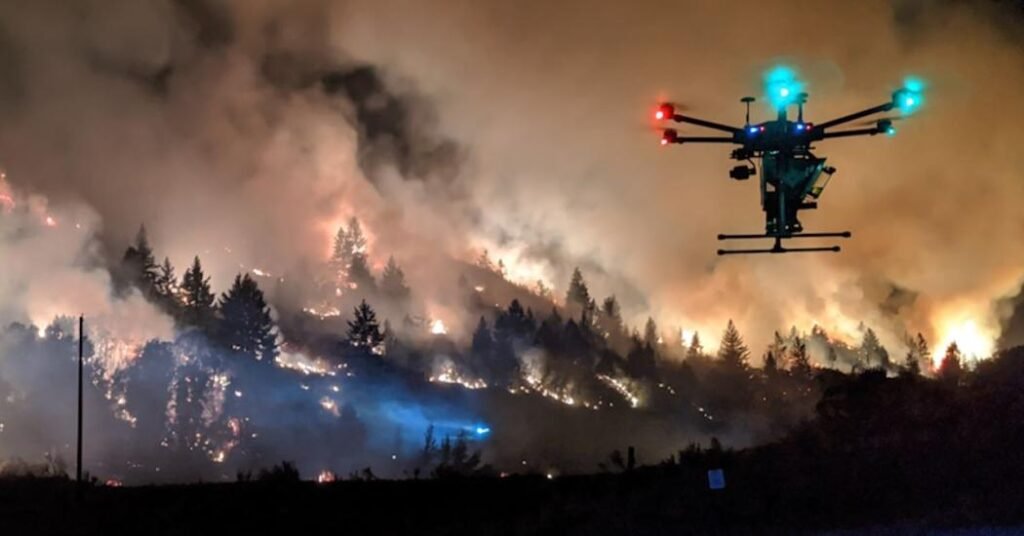
Africa’s Alarming Signals
In South Africa, two major fires on Table Mountain near Cape Town earlier in the year provided a dramatic warning. In February, a blaze scorched about 150 acres, prompting the evacuation of 200 residents, while an April fire consumed nearly 3,000 hectares of fynbos and forced further evacuations. Though fatalities were avoided, vehicles and property were destroyed. Arrests were made in connection with suspected arson, and the fires raised urgent questions about preparedness and ecological management in one of the world’s most fire-prone biodiversity hotspots.
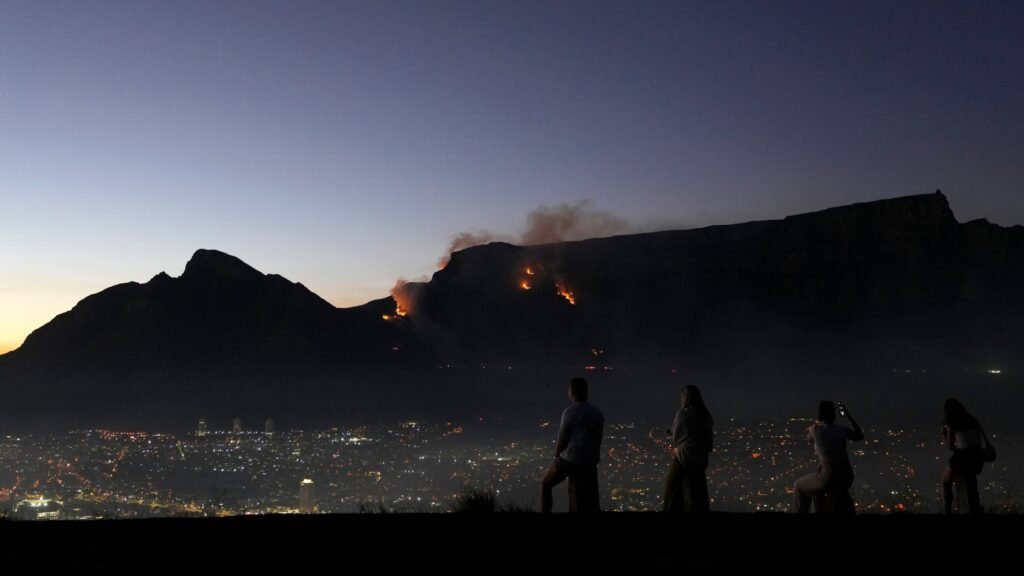
The Common Threads
Looking across continents, common themes emerge. Climate change is intensifying the underlying conditions—longer heatwaves, more severe droughts, and stronger winds. Human ignition remains a critical trigger, whether through negligence, deliberate arson, or land-management practices. Preparedness gaps—from underfunded firefighting brigades in rural Russia to slow evacuation alerts in South Korea—magnify the human toll.
Yet there are also signs of resilience and solidarity. Local brigades in Spain, Portugal, and France defended their communities. Volunteers and donations poured in to support victims in South Korea. Turkey’s rapid aid packages and Canada’s international firefighting partnerships showed how coordinated response can save lives.
Fire, Climate, and Collective Responsibility
The fires of 2025 are more than a tragic convergence of heatwaves, drought, and human mistakes. They are the visible consequence of a global economic model that treats nature as a resource to be extracted and consumed, while externalizing the costs onto working people and rural communities. When a vineyard burns in southern France, when a First Nations community is forced to flee in Canada, or when olive groves in İzmir turn to ash, it is ordinary households—not corporations or elites—who lose their homes, their livelihoods, and their cultural roots.
The climate crisis not as a distant technical issue but as a social one, deeply bound up with inequality. Those who contribute least to climate change—the poor, Indigenous peoples, rural residents—are often those who suffer most when fires rage. Meanwhile, short-term profit continues to drive deforestation, monoculture plantations, and fossil-fuel dependency, all of which make landscapes more fragile.
The lesson of this summer is clear: climate change is no longer a warning—it is here. The role of policy cannot stop at firefighting and emergency declarations. What is needed is investment in prevention and ecological stewardship: restoring forests, diversifying agriculture, supporting Indigenous land management, and building resilient rural economies. Equally, societies must commit to reducing greenhouse gas emissions and transitioning to energy systems designed for human need, not private profit.
The socialist tradition emphasizes solidarity—between workers, between nations, and between humanity and nature itself. That solidarity must now take the form of climate action: planned, collective, and just. Fires respect no borders; neither should solutions. By recognizing that the health of ecosystems and the well-being of people are inseparable, societies can move from crisis management to genuine resilience.
If this summer has shown anything, it is that the age of fire is also a test of our political will. The choice is stark: continue to accept a system where nature is sacrificed and communities burn, or build one that treats forests, rivers, and air as part of the common good.
